Situated in the vibrant cityscape of Cotabato, Philippines, the Sultan Haji Hassanal Bolkiah Masjid, also known as the Grand Mosque of Cotabato, is a living testament to the enduring spirit of the Muslim Ummah. More than a place of worship, this architectural wonder serves as a beacon of unity, hope, and cultural pride for the Muslim community. It stands tall and resplendent, a symbol of the rich Islamic heritage that permeates the region.
Historical Context and Construction
The inception of the Sultan Haji Hassanal Bolkiah Masjid can be traced back to the early years of the 21st century when a grand vision was conceived to construct a mosque that would embody the vibrant Islamic heritage of Cotabato.
Video: Sultan Haji Hassanal Bolkiah Masjid: A Symbol of Faith and Unity
This vision came to fruition in 2011 when this majestic mosque was erected, the result of a collaborative effort between the Sultanate of Brunei and the Philippine government. Around 53% of the construction cost, amounting to an estimated US$48 millio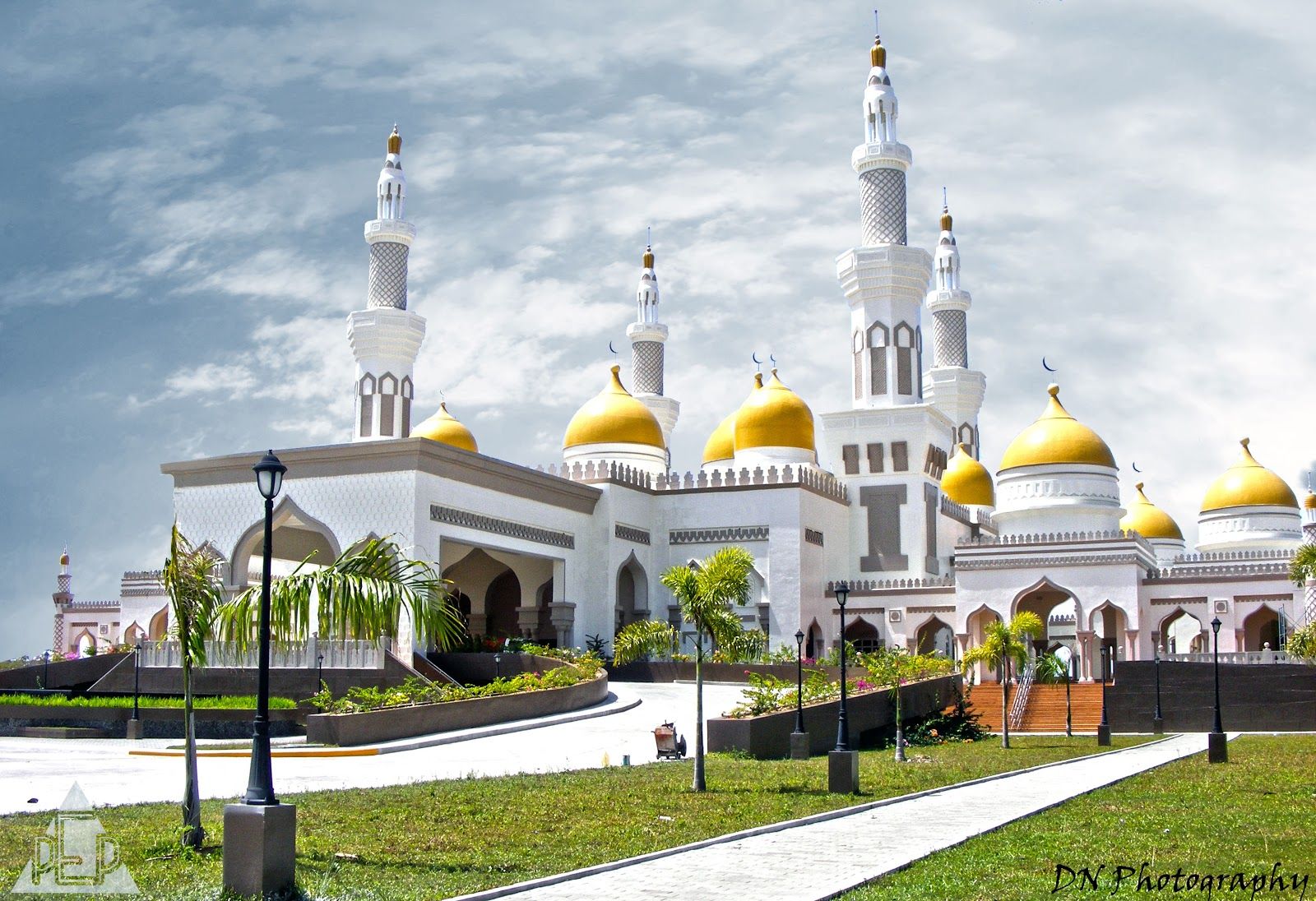 n, was generously contributed by Sultan Hassanal Bolkiah of Brunei, a testament to his unwavering support for Islamic causes and commitment to fostering interfaith harmony and cultural exchange. The Philippine government, under the administration of President Noynoy Aquino, provided the remaining funds, reflecting a shared aspiration for fostering unity among diverse communities.
n, was generously contributed by Sultan Hassanal Bolkiah of Brunei, a testament to his unwavering support for Islamic causes and commitment to fostering interfaith harmony and cultural exchange. The Philippine government, under the administration of President Noynoy Aquino, provided the remaining funds, reflecting a shared aspiration for fostering unity among diverse communities.
The construction was managed by the highly esteemed New Kanlaon Construction, Inc., a Manila-based firm, under the able supervision of project manager Richard Harris Jordan. The mosque was built on land generously donated by former Maguindanao First District Representative Didagen Dilangalen, marking a significant milestone in the region's architectural history.
Read: Seizing the Blessings of the First Decade Ramadan
Architectural Grandeur
The mosque, a masterpiece designed by the renowned local architecture firm Palafox Associates led by architect Felino Palafox, is a harmonious blend of modern design elements and traditional Islamic motifs. Its grandeur is reflected in the majestic domes, painted in resplendent gold and crowned with crescent moons, a symbol of the Islamic faith. The minarets, reaching up to 43 meters in height, serve not only as architectural marvels but also as guiding beacons for pilots navigating the skies above. The mosque, sprawling over an area of 5,000 square meters and located on a vast five-hectare lot, is a testament to the grandeur of its design and the profound spiritual significance it holds for the faithful.
Read: The Crown Among Mosques: A Look at Bhopal's Taj-ul-Masajid
Cultural and Religious Significance
The Sultan Haji Hassanal Bolkiah Masjid, the second-largest mosque in the Philippines and capable of accommodating up to 15,000 worshippers, has emerged as a central hub for Islamic activities in the region. Its significance extends beyond being a mere architectural marvel; it is a living symbol of religious devotion, cultural identity, and communal solidarity. Ranked as the third-largest mosque in Southeast Asia after the esteemed Istiqlal Mosque in Indonesia and the Marawi Grand Mosque, the Sultan Haji Hassanal Bolkiah Masjid holds a prestigious place among the region's Islamic landmarks.
Read: A Testament to Ottoman Architectural Brilliance
The mosque's management is overseen by the Bangsamoro regional government, underlining its vital role in shaping the socio-political fabric of the region. It stands as a beacon of hope and a sanctuary of peace, nurturing a deep sense of belonging and spiritual wellbeing among the Muslim populace.
The Mosque's Role in Society
Beyond its primary function as a place of worship, the Sultan Haji Hassanal Bolkiah Masjid plays a multi-faceted role in the life of the Muslim community. It acts as a catalyst for social cohesion, uniting individuals from diverse backgrounds under the banner of faith and fraternity. The serene ambiance of the mosque, coupled with its awe-inspiring architecture, stirs feelings of introspection and contemplation, fostering a sense of spiritual renewal among worshippers.
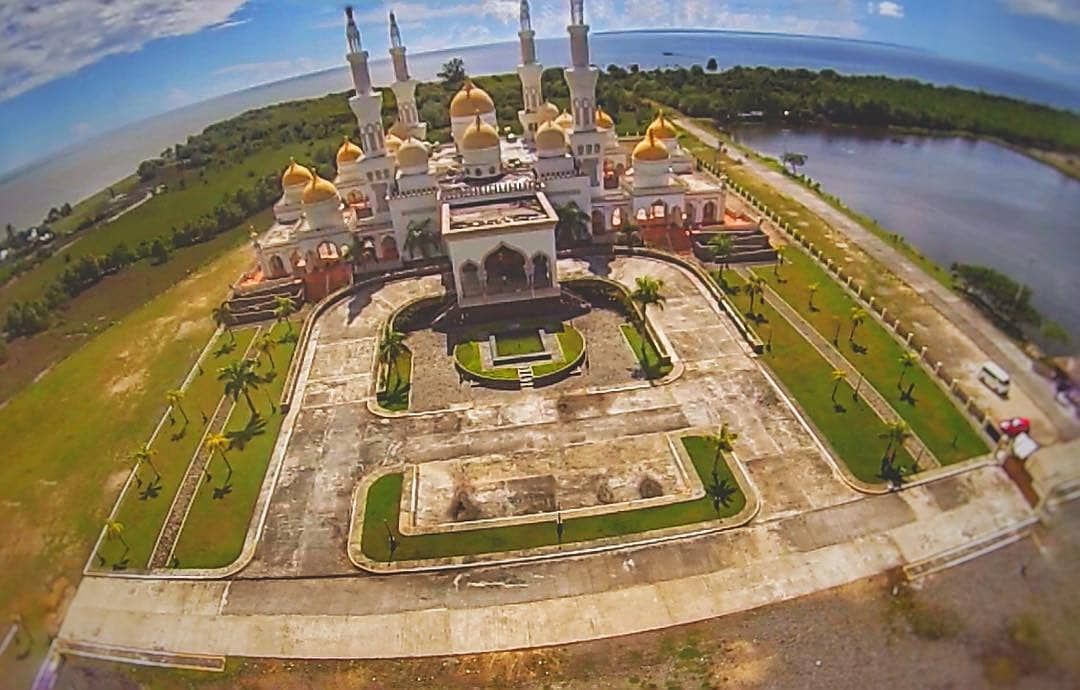
Furthermore, the mosque serves as a platform for promoting interfaith dialogue and cultural exchange. It hosts a variety of community outreach initiatives, reflecting its commitment to fostering understanding and harmony among different religious and ethnic groups.
A Beacon of Faith and Unity
In a world often marked by division and strife, the Sultan Haji Hassanal Bolkiah Masjid stands as a shining beacon of faith, unity, and cultural pride. Its towering minarets and gilded domes bear witness to the rich heritage of Islam in Southeast Asia, serving as a testament to the enduring legacy of the faith. As we behold this architectural marvel, we are reminded of the timeless values of tolerance, compassion, and solidarity that bind us all. The Sultan Haji Hassanal Bolkiah Masjid invites us to find solace, draw inspiration, and muster the courage to build a world that is more harmonious and inclusive for generations to come.
End//voice7new
A global news agency.



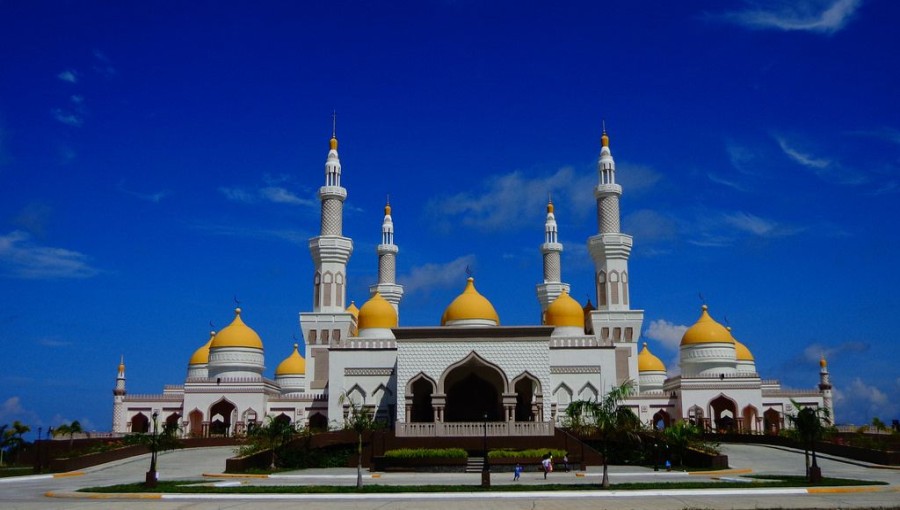
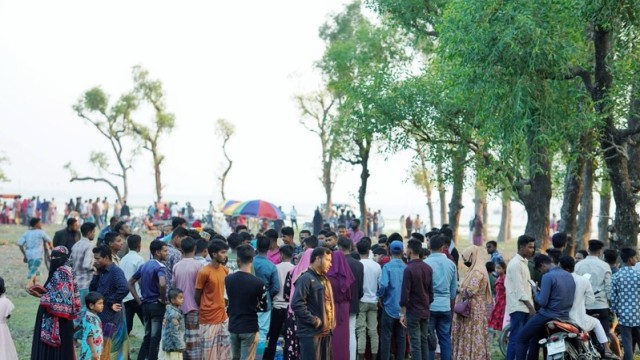





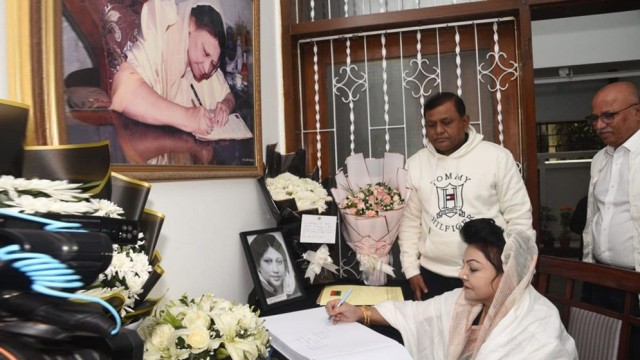
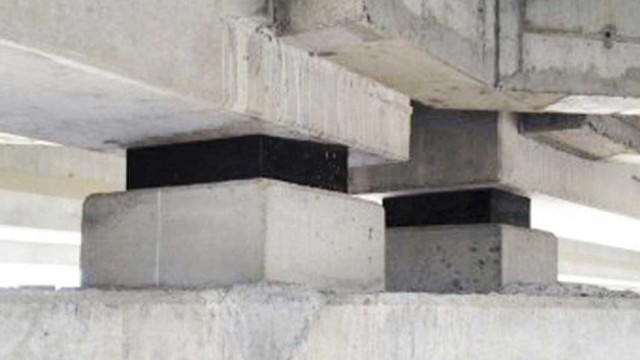
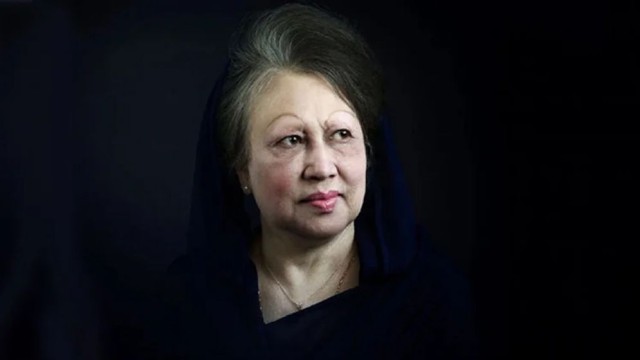
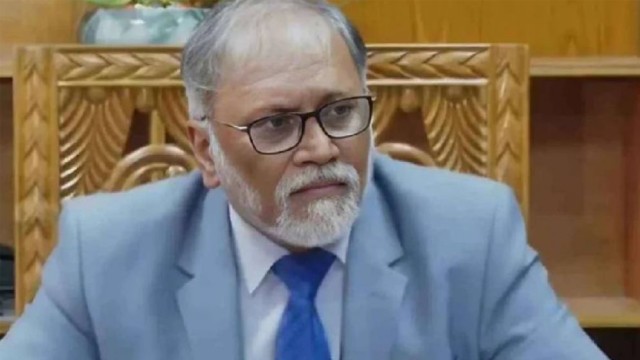



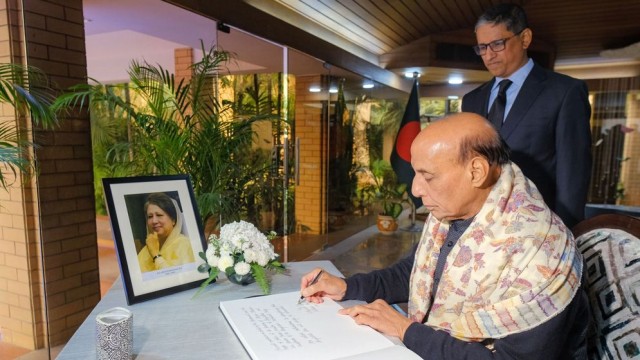

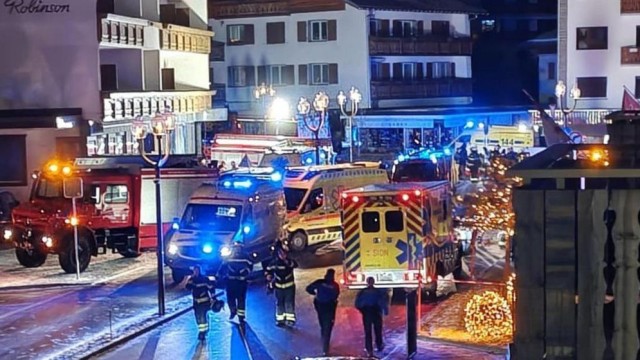


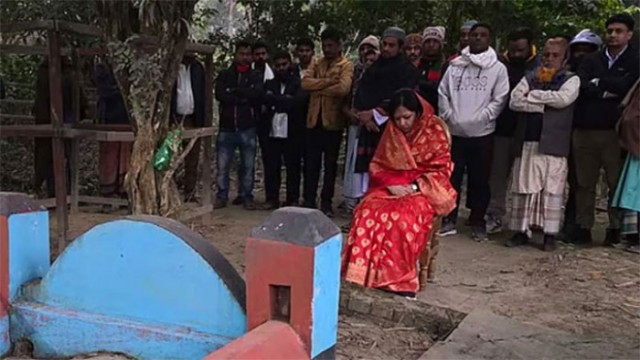

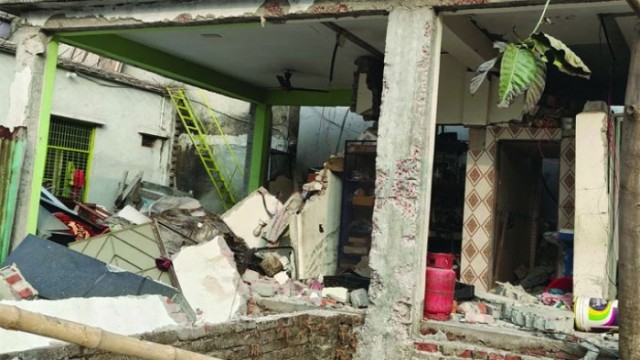


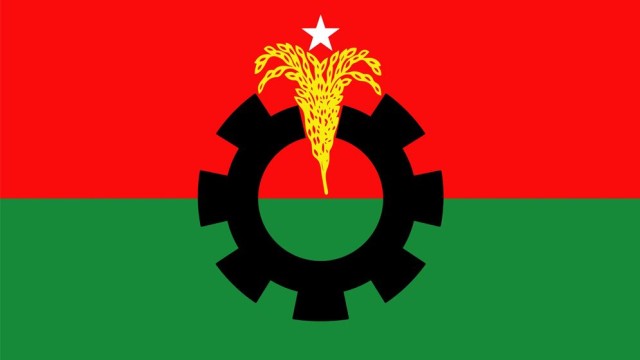


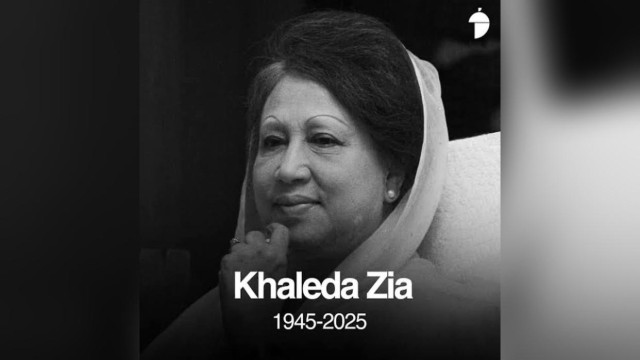
Comment: